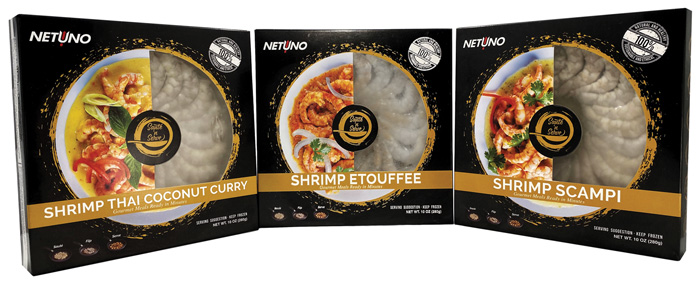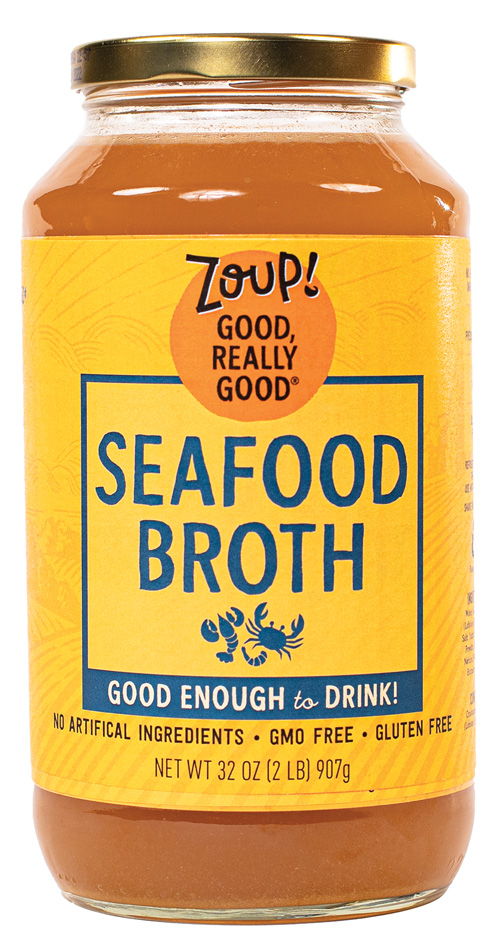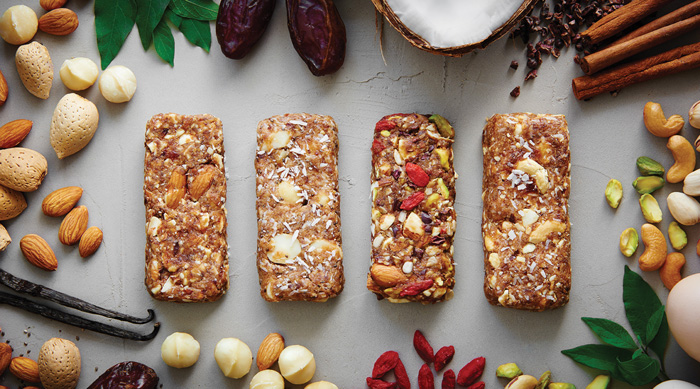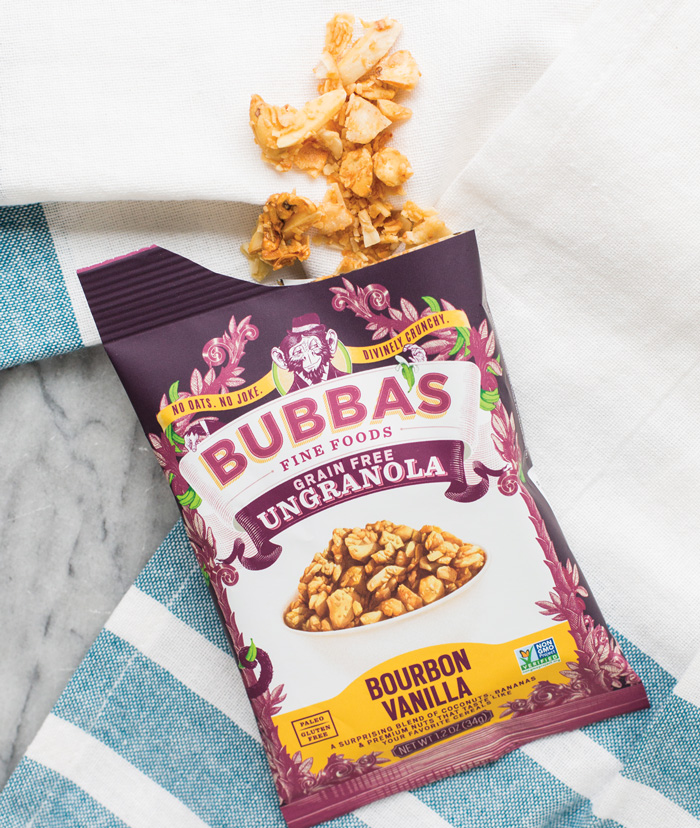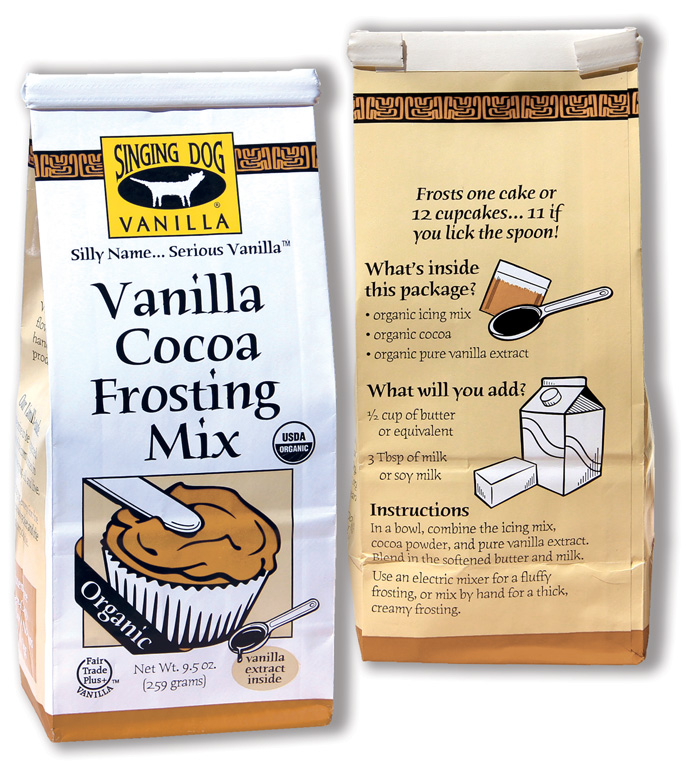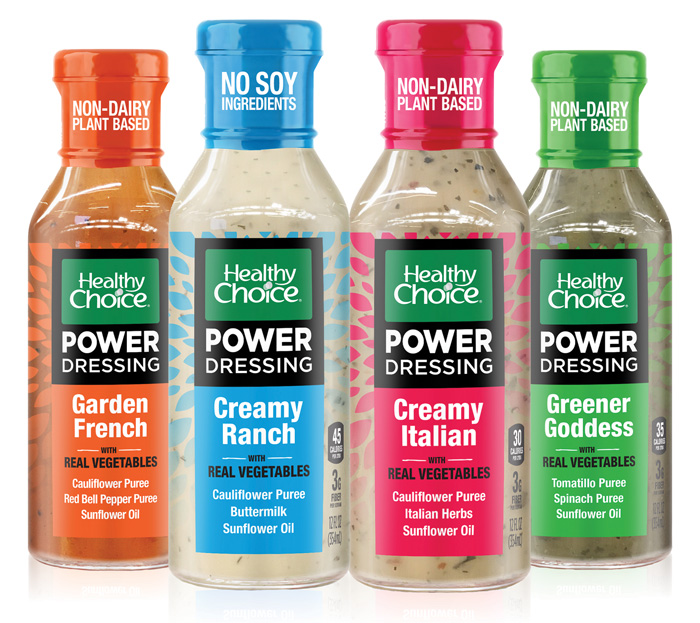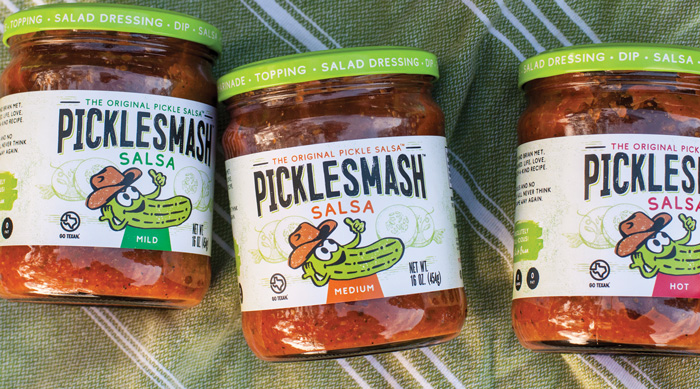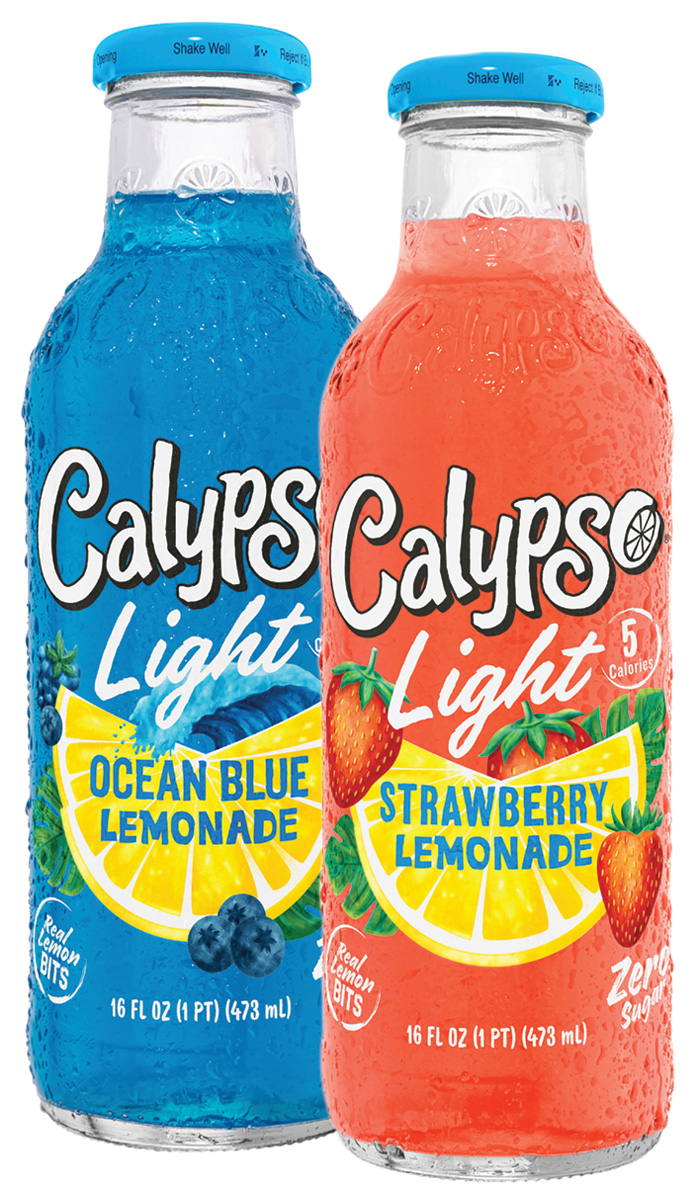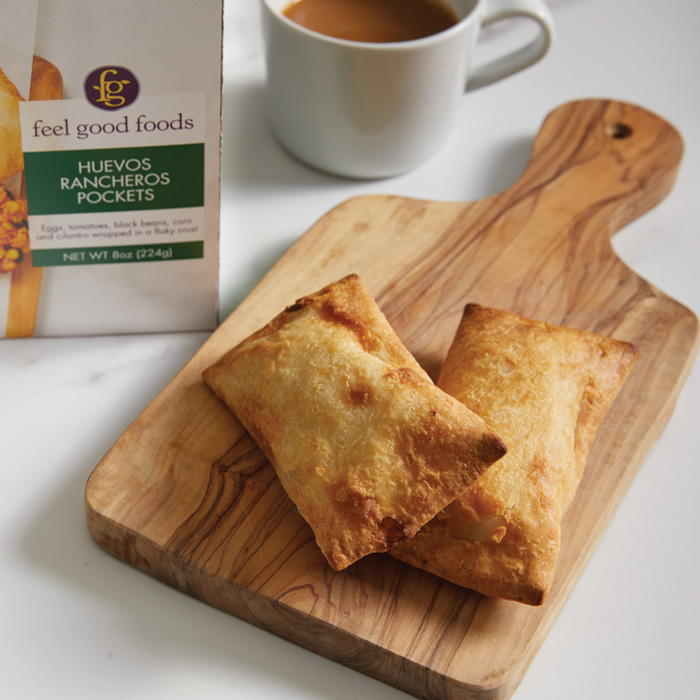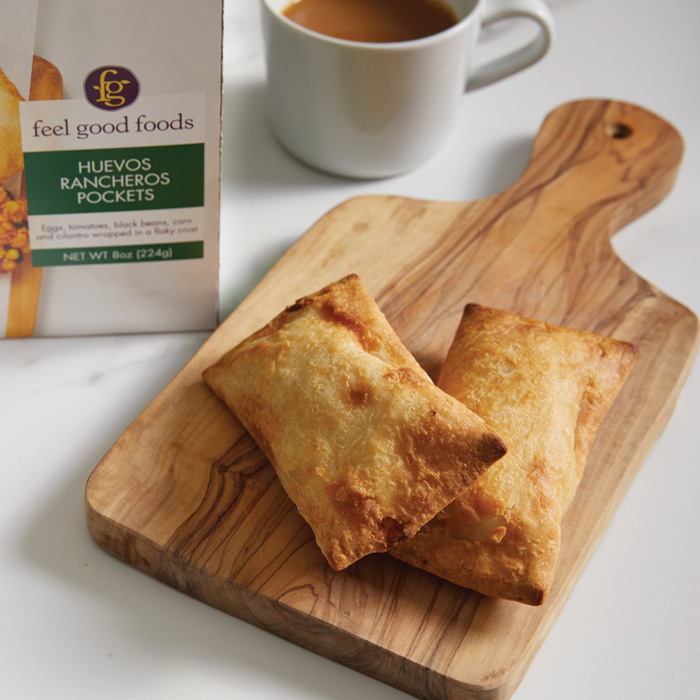
The New Specialty Food Opportunity
Upgraded cooking skills, an unprecedented commitment to health, and a passion for personal values will ensure a vibrant future for specialty foods and beverages.
Article Content
While some would have us believe that the global COVID-19 pandemic has brought revolutionary change to consumers’ eating and food purchasing patterns, the fact is that most of the consumer behaviors and drivers we see emerging today were already in play. The pandemic has simply reinforced and accelerated these fast-evolving opportunities for food and beverage makers.
Moreover, today’s financial pressures will further fast-track these trends. Eating more meals at home, cooking more from scratch, healthier eating, greater use of supplements, maintaining a well-stocked pantry, and splurging on gourmet ingredients/indulgent treats are behaviors traditionally accelerated during recessionary times (IRI 2020a).
As of mid-May, 11% of consumers had changed their food purchases to save money; 18% of those who were laid off did so (Parker and Roerink 2020). While today’s hourglass economy will force some consumers to trade down from premium-priced foods and beverages, the diversity of personal values—and consumers’ willingness to pay for products that deliver on those values—will ensure ongoing support for specialty food, natural/healthy products, and convenience-driven offerings.
Some consumers will increasingly turn to more sophisticated private label options to meet their value needs, particularly as they seek out health-promoting products in response to wellness concerns triggered by the pandemic. Fortunately, the private label industry is well positioned to serve value seekers with a wide array of healthful products. In fact, private label marketers named clean label/free-from as their top business opportunity for 2020 (FMI 2020a).
For the eight-week period ended May 17, 2020, sales of private label natural foods significantly outpaced sales of conventional natural products in the categories of frozen breakfast foods, nut/seed butters, chips/pretzels/snacks, frozen/refrigerated meats, refrigerated plant-based meats, sweeteners, shelf-stable fruits/vegetables, and vitamins/minerals (Ramsey and Peters 2020).
And the specialty product pipeline will be full. In 2019, 53% of the best-selling new foods and drinks came from small or very small companies (IRI 2020b).
Perhaps most important, accelerated food spending levels driven by the COVID-19 crisis have prompted widespread experimentation, ranging from first-time purchases of meat alternatives to more use of meal kits. For food and beverage marketers, the opportunity will be to keep these new buyers after the pandemic is past (Ramsey and Peters 2020).
It should be noted that specialty foods, once synonymous with gourmet foods, have evolved into a group of more culinarily sophisticated, ethnic, and often natural/fresh foods and drinks that generally command a premium price, are of high quality, and are more likely to be produced by smaller and/or artisan producers. They include foods sold in specialty gourmet, natural organic, and ethnic food stores as well as the specialty sections of mainstream grocery retailers.
Forward March
The number of meals eaten at home has been on the rise for the past few years and will continue to grow. In 2019, more than 80% of evening meals, as well as 37% of restaurant dinner fare, were eaten at home (NRA 2019a). Only 50% of baby boomers now visit a restaurant at least once a week (Technomic 2018).
It is significant that the pandemic has helped to reverse the decline in cooking/preparing meals at home, especially from scratch. Among the 85% of consumers who report the pandemic has altered their eating habits, cooking more at home was by far the largest change, cited by 60%; changes in snacking came in a distant second, noted by 26% (IFIC 2020).
Half of consumers surveyed in mid-May said they’re continuing to prepare more meals at home (FMI 2020b). One-quarter were making more meals from scratch than before the pandemic (Parker and Roerink 2020). Ironically, “scratch made” was No. 6 on the list of top culinary trends predicted for 2020, a prediction made before COVID-19 created a “new normal” (NRA 2019b).
During their homebound days, one-third of urbanites and 22% of consumers overall said they learned new cooking skills (FMI 2020b). Four in 10 pandemic cooks (38%) said they discovered new ingredients; 45% discovered new brands; and 24% rediscovered ingredients they had previously used (Hunter 2020).
Looking for an at-home restaurant experience, 36% of those polled in mid-April said they were trying new dishes more frequently than before the pandemic (FMI 2020c). One-third searched for new culinary ingredients and preparation techniques. Most important, 75% of pandemic cooks say they’re enjoying the experience (Hunter 2020).
Center-store shelf-stable items/ingredients (excluding fresh) and frozen foods not only drove sales during the height of the pandemic but have been among the top three fastest-growing major grocery categories since 2018 (Nielsen 2018).
Convenience will remain a key attribute for in-home meal preparation, with new added-value staples such as refrigerated pizza dough now among the “necessities”; four in 10 consumers used more convenience products to prepare meals during the crisis (IRI 2020c).
With over one-third of employed consumers saying they plan to work at least a little more from home post-COVID-19, convenient options for in-home snacks, breakfasts, and dinners will continue to get the nod (Dubois et al. 2020).
At the same time, consumers will continue their already aggressive approach to healthy eating with an added emphasis on prevention, an increased use of dietary supplements, and a focus on managing at-risk conditions. In 2019, buying food with specific health benefits became even more important to consumers than taking a more “holistic” approach of eating “good for you” foods, and that trend continued in 2020 (FMI 2019, FMI 2020c).
Functional foods have moved center stage, with global sales topping $267 billion in February 2020; sales of naturally healthy foods reached $260 billion (Euromonitor 2020). As of mid-March, the number of U.S. vitamin supplement buyers had increased by 27% versus the prior year; the number of buyers of products positioned to deliver immunity benefits shot up 125% (IRI 2020d).
Natural products, which represent 8.5% of total grocery sales, have continued to outpace their conventional counterparts before, during, and after the pandemic stock-up period (Ramsey and Peters 2020).
In 2019, one-third (34%) of consumers reported that unique foods/ingredients (e.g., “superfoods”) were very important to healthy eating; in mid-April 2020, the figure was 42% (FMI 2019, FMI 2020b).
The appeal of non-GMO has continued to gain prominence. In 2019, three of the top 10 and 25 of the top 100 best-selling new foods/beverages offered non-GMO benefits (IRI 2020b).
Food handling/food preparation related to risk of COVID-19 is now second only to foodborne illness from bacteria as the top food safety concern, followed by chemicals/carcinogens in food and pesticide residues (IFIC 2020). However, despite COVID-19, two-thirds of consumers remain very/somewhat confident in the U.S. food supply (IFIC 2020), which may be a reflection of growing awareness that COVID-19 is not a foodborne disease.
The State of Specialty Foods
In 2019, specialty foods reached $148.7 billion in sales. Cheese and plant-based cheese led the list, followed by meat/poultry/seafood and chips/pretzels/snacks (SFA 2020).
Plant-based meat alternatives were the fastest-growing specialty food category from 2017 through 2019, followed by cream/creamers, tea/coffee, breakfast foods, juices/beverages, water, jerky/meat snacks, rice cakes, and baby food (SFA 2020).
Millennials and Gen Xers are the most likely to buy specialty foods; those aged 35–54 are their core consumer. Older consumers are more likely than Gen Z to be specialty food/drink users (SFA 2020).
During the COVID-19 period, cheese and deli meats were among the fastest-growing categories (Parker and Roerink 2020). For the four weeks ended May 24, 2020, natural cheese sales volume was up 25% versus the same four-week period in 2019 (Parker and Roerink 2020).
The Mushroom, Garlic & Scallion Brie en Croute wheel from Elegant Brie and Rougette Bon-fire Marinated Grilling Cheeses from Champignon North America are set to please any aficionado.
Grass-fed, uncured, and plant-based are among the new specialty meat/charcuterie trends. Italian meats, including soppressata, capicola, and Calabrese, remain top sellers. Specialty meat jerky, ethnic regional meat preparations, and vegetable-based options are other new directions for the specialty meat category.
Asian Island (Indonesian, Malaysian, Filipino, Singaporean) tops the list of trendy ethnic cuisines for 2020, followed by South American, regional American (including Native American), regional Chinese, and Indian (NRA 2019b).
Regional Asian cuisines are among the top specialty food trends. Six in 10 U.S. adults have tried Japanese cuisine and like it, followed by Thai, Korean/Vietnamese, and Indian. Over half have not tried Malaysian/Singaporean, Filipino, and Indonesian cuisine but would like to do so (Technomic 2019). Bibigo Mandu Korean Beef & Vegetable Dumplings and Ling Ling Japanese Yakisoba Noodles frozen dinners offer new regional ethnic twists on favorite Asian dishes.
Peppery sauces from Cambodia, a fermented tea leaf dressing from Burma, a kimchi-flavored aioli sauce, Indonesian-style instant noodles, and a Persian trail mix were among the regional Asian products featured at the 2020 Winter Fancy Food Show (Purcell 2020).
Heritage cooking and providing authentic ingredients from the “homeland” represent important specialty food opportunities. Cultural background influences the choice of spices/condiments for more than four in 10 Asian, Black, and Hispanic Americans as well as for 29% of Whites (Hartman 2020a).
Sweet heat, followed by new chili peppers, functional mushrooms, Japanese umami, and pulses, are the top five trendy flavors for 2020; Japanese tamari, harissa, chile crisp, Za’atar, and Indian raita are the cutting-edge condiments (NRA 2019b). Crunchy finishing salt and flaky sea salt, salt/spice combinations, and gourmet flavors are among the artisan salt trends (Hamstra 2020).
Sauté ‘n Serve Shrimp Etouffee provides an easy dinner for two. Aqua Star introduced MicroSteam Seafood Bowls in varieties including Shrimp Pad Thai, and Sandra’s All Natural Chicken now offers frozen antibiotic-free chicken entrées, including a Chicken Cordon Bleu.
Convenient specialty food breakfast solutions are in high demand. Bubba’s Fine Foods has a grain-free Ungranola in a Bourbon Vanilla flavor, and Feel Good Foods has Huevos Rancheros Pockets.
With 46% of consumers baking more than before the pandemic, upscale, gluten-free, and naturally sweetened baking mixes; exotic baking ingredients (e.g., Mexican vanilla); and unique flours (e.g., cassava, hazelnut, and potato) are finding a welcome market (Hunter 2020).The pandemic has further accelerated the trend to appliance cooking. Half of households own an air fryer and/or an Instant Pot; one in five consumers uses them frequently (FMI 2020d). As of April 19, 2020, two-thirds of consumers still claimed to be making more coffee at home (Denis et al. 2020). With Keurig K-Select the seventh-best-selling new nonfood product of 2019, gourmet K-cups will remain in high demand (IRI 2020b).
Alcoholic seltzers, Italian Aperol Spritz/other spritzers, Mexican mezcal varieties, and Asian spirits (e.g., baijiu, soju, and shochu) are among the hot alcoholic beverage trends for 2020 (NRA 2019b).
Cookies, ice cream, frozen novelties, salty snacks, and frozen appetizers drove the indulgence category during the pandemic (Parker and Roerink 2020). Boozy treats, dairy-free ice cream, drinkable desserts, and herb-based sweets are the hot dessert culinary trends for 2020 (NRA 2019b).
Naturally Speaking
Natural product sales have continued to outpace those of their conventional counterparts before, during, and after the pandemic stock-up period, with sales up 21% for the week ended May 17, 2020, versus a year ago compared with an increase of 15% for conventional foods/drinks (Ramsey and Peters 2020).
Supermarkets now account for 51% of natural product sales; specialty stores, 14%; Walmart, 11%; club stores, 9%; and mass/supercenters, 4%. Internet sales of natural products doubled from 5% in March 2020 to 10% in mid-May 2020 (Ramsey and Peters 2020).
Natural frozen foods posted the largest gains for the eight weeks ended May 17, 2020, versus a year ago, followed by beverages, alcohol, herbs/homeopathics, refrigerated foods, produce, and shelf-stable center-store items (Ramsey and Peters 2020).
During the stay-at-home period, new buyers have increasingly entered the following natural categories: baking mixes, ingredients and flour, frozen breakfast foods, pasta, refrigerated plant-based meat alternatives, pickles/olives, soup, pasta/pizza sauces, oils/vinegars, seasonings, salsa/dips, tea, drink mixes/concentrates, condiments, dressings/marinades, cheese/plant-based cheese, milk, and produce (Ramsey and Peters 2020).
Fresh foods continue to dominate in natural/organic specialty stores. Along with clean and real, fresh remains the claim that is most important to food shoppers (Hartman 2020b).
For the year ending April 19, 2020, organic beef sales jumped 57%, organic turkey sales were up 39%, and organic chicken sales were up 26% (DuBois et al. 2020). Sales of beef labeled “no antibiotics ever” grew by 62% (DuBois et al. 2020).
Mushrooms, followed by new rabes (e.g., turnip, collard, and arugula rabes), caulilini (baby cauliflower), new shoots/sprouts (e.g., hop and corn shoots), and kale hybrids (e.g., kalettes and lollipop kale) are among the hot exotic produce trends (NRA 2019b). Graffiti eggplants, watermelon radishes, Shishido peppers, lychee, colored cauliflower, and dragon fruit are among the exotic produce products trending now (Freida’s 2020).
Refrigerated snacks are a fast-emerging category; sushi, dips, smoothies, and desserts were the top drivers last year (Lyons Wyatt 2020).
In 2019, organic food/beverage sales reached $50 billion, up 4.6% from the previous year; organic meat, poultry, and fish reached $1.4 billion in sales (OTA 2020). More culinarily adventuresome fare is a missed opportunity for marketers of organic products because consumers of organic products are nearly three times more likely to eat gourmet food whenever they can and prefer foods presented as an art form. They are also twice as likely to prefer spicy foods and to enjoy foreign foods (Packaged Facts 2019).
One-third of adults are very interested in vegetarian products, and 28% are very interested in vegan foods, although only 5% are strict vegetarians (Datassential 2019).
The U.S. market for plant-based foods hit the $5 billion mark in 2019, up 11.4% versus 2018 (PBFA 2020). Reflecting on their own diet, 28% of consumers report eating more plant-based protein for the year ended mid-April 2020, 24% are eating more plant-based dairy, and 17% are opting for more plant-based meat alternatives (IFIC 2020).
Both refrigerated and frozen meat alternatives have posted strong sales throughout the pandemic, with sales in the March panic-buying weeks up 152% versus the same weeks in 2019. Since the middle of May, sales gains have tapered off, likely due to inflationary pressure (Roerink 2020). IRI/SPINS estimates that two million new buyers entered the meat alternative category during the COVID crisis (Ramsey and Peters 2020).
Hybrid products appear to have strong potential in the marketplace. More than three-quarters (76%) of consumers say they are interested in blended meat/plant items (FMI 2020d).
Proactively Healthy Consumers
In 2020, fiber, whole grains, and protein remained the most sought-after healthy food ingredients, along with omega-3s and probiotics/prebiotics (IFIC 2020).
For the year ended April 19, 2020, 43% of consumers said they tried a diet plan; among those aged 18–34, 58% did so (IFIC 2020). Of the 43%, 10% experimented with intermittent fasting; 9%, clean eating; 8%, keto/high-fat diet; 7%, low-carb diet; and 6% each, carb cycling, gluten-free, plant-based, or the Mediterranean diet. Losing weight was the top motivator for trying a new eating plan (IFIC 2020).
Weight loss tops the list of health benefits consumers would most like to get from foods, followed by energy, digestive health, heart health, and muscle health/strength. Immunity has moved up to sixth place (IFIC 2020).
Functional snacks are projected to be the
fastest-growing healthy food category globally through 2026 (Lahouasnia et al. 2020). In the United States, 54% of consumers are looking for snacks that contain vitamins/minerals; 48% seek products with fiber; and 38% look for probiotics. Sales of collagen-containing snacks have jumped 46% compared with last year (Lyons Wyatt 2020).
Kombucha, followed by agua frescas, fruit/vegetable milks, oat milk, and boba and bubble teas are among the trendy nonalcoholic beverages for 2020 (NRA 2019b). Beverages, specifically those featuring prebiotics, are a fast-emerging gut health trend.
In 2019, 77% of U.S. consumers used dietary supplements; those aged 35–54 are most likely to do so (CRN 2019). More than half (58%) of all consumers use multivitamins; 31% take vitamin D; 28%, vitamin C; 21%, protein; 20%, calcium; 20%, B complex; 16%, omega-3s; 15%, green tea; 14%, magnesium; 13%, probiotics; 13%, iron; 12%, turmeric; and 12%, vitamin E.
Vitamins/minerals accounted for 30% of the $48.8 billion supplement market in 2019, followed by herbs/botanicals at 19.6%; specialty supplements, 17.7%; sports nutrition, 14.5%; meal supplements, 11.7%; and minerals, 6.5% (NBJ 2020). In fact, half of supplement users take an herbal/botanical supplement; in 2019, sales were up 9.4% over the prior year (CRN 2019, NBJ 2020). Consumers’ most popular herbal/botanical supplement choices in addition to green tea include turmeric, garlic, ginseng, and cranberry (CRN 2019). By May 2020, sales of immune supplements were declining from their March pandemic high; sales of supplements aimed at cognition, sleep, and hair/skin/nails were on the rise (Ramsey and Peters 2020).
Seeking Sustainability
Consumers’ environmental concerns continue to influence purchase decisions. Going forward, 79% of global consumers and 70% in the United States say they will be looking for more foods/beverages that are healthier and better for the environment (IPSOS 2020).
Regenerative agriculture, upcycled ingredients, and an ongoing emphasis on local are among the fast-emerging trends in sustainable foods/beverages (Hartman 2020b). Nearly six in 10 consumers say it is important that the food products they purchase are produced in an environmentally sustainable way; 43% say it is important that the food manufacturer has a commitment to sustainability; and 40% want food that was produced using farming techniques that seek to reduce impact on natural resources (IFIC 2020).
Fair Trade and Rain Forest Alliance are among the certifications that have gained in prominence since 2019 (Hartman 2019). Products in Alter Eco’s grass-fed milk chocolate collection are made from Peruvian cocoa sourced from fair trade farms that practice restorative farming methods.
Channel Insights
Although food shopping frequency has begun to increase compared with the earlier days of the pandemic—up 3% for the four weeks ended May 17, 2020, compared with that period in 2019—consumers continue to make fewer food shopping trips than they did in 2019. Their basket sizes are larger, and they shop in fewer stores (IRI 2020e).
For the four weeks ending May 17, 2020, shoppers’ online spending for food accounted for 9.2% of all consumer packaged goods spending on e-commerce, up from 7.8% in late January 2020 (IRI 2020e). Baby food/baby care products held a 38% share of online edible purchases, up from 30% in late January; online beverage sales were up 13%; packaged foods, +11%; frozen foods, +10%; fresh food, +5%; and dairy, +4% (IRI 2020e).
As of May 17, 2020, home delivery within a specified time slot accounted for 17.1% of e-commerce edible dollars; click and collect at a store accounted for 35.5%; and delivery by a third-party company (e.g., UPS) accounted for 46.3% (IRI 2020e). One in five consumers has used curbside pickup in the past six months and will continue to do so; 18% haven’t done so but are interested in it. In addition, 15% have ordered online for home delivery from a store, while 15% have not but plan to do so (Parker and Roerink 2020).
REFERENCES
CRN. 2019. Consumer Survey on Dietary Supplements. Council for Responsible Nutrition, Washington, D.C. crnusa.org.
Datassential. 2019. The New Healthy. June. Datassential, Los Angeles. datassential.com.
Denis, K., J. Driggs, and L. Levin. 2020. “Anticipate Consumer Behavior During and After COVID-19.” Webinar, April 21. IRI.
Dubois, C., J. Parker, and P. Swanson. 2020. “Key Learnings in Meat in the Era of COVID-19.” Webinar, May 20. IRI.
Euromonitor. 2020. Health & Wellness 2020. Euromonitor Intl., London. euromonitor.com.
FMI. 2019. U.S. Grocery Shopper Trends. Food Marketing Institute, Arlington, Va. fmi.org.
FMI. 2020a. The Power of Private Brands.
FMI. 2020b. U.S. Grocery Shopper Trends Covid-19 Tracker Report. May 13–24. Conducted in conjunction with The Hartman Group.
FMI. 2020c. U.S. Grocery Shopper Trends. June.
FMI. 2020d. The Power of Meat.
Freida’s. 2020. “Trending Now.” Freida’s Specialty Produce, Los Alamitos, Calif. friedas.com.
Hamstra, M. 2020. “Specialty Salt: What Buyers Should Know.” Specialty Food Magazine, March 10.
Hartman. 2019. Sustainability 2019: Beyond Business as Usual? The Hartman Group, Bellevue, Wash. hartman-group.com.
Hartman. 2020a. “Exploring the Diversity of American Foodways.” Webinar, April 21.
Hartman. 2020b. Organic & Beyond. April.
Hunter. 2020. “Hunter Food Study Special Report: America Gets Cooking.” Press release, April 15. Hunter Communications, New York, N.Y.
IFIC. 2020. IFIC Food & Health Survey. International Food Information Council, Washington, D.C. foodinsight.com.
IPSOS. 2020. Earth Day 2020 Survey. IPSOS, Paris. ipsos.com.
IRI. 2020a. How the Great Recessions Reshaped the CPG Demand Curve–Part 1. IRI, Chicago. iriworldwide.com.
IRI. 2020b. New Product Pacesetters Report. May.
IRI. 2020c. “Key Learnings in Fresh.” Webinar, April 23.
IRI. 2020d. “Tracking the Dramatic Pivot in U.S. Consumer and Shopper Behaviors.” Webinar, April 3.
IRI. 2020e. Consumer Spending Tracker for Measured Channels.
Lahousania, L., J. Joerten, and M. Mascaraque. 2020. “Food and Nutrition in Light of COVID-19.” euromonitor.com.
Lyons Wyatt, S. 2020. “Snacking Lifestyles are Here to Stay 2020.” Webinar, April 14. IRI.
NBJ. 2020. “2020 Dietary Supplement Report.” May. Nutrition Business Journal, Boulder, Colo. newhope360.com.
Nielsen. 2018. “Despite Flat FMCG Consumption, U.S. Beverages are Booming.” Press release, Dec. 18. Nielsen, New York, N.Y. nielsen.com.
NRA. 2019a. The State of the Restaurant Industry. National Restaurant Assoc., Washington, D.C. restaurant.org.
NRA. 2019b. What’s Hot 2020 Culinary Forecast.
OTA. 2020. Organic Food Reaches $50 billion. Organic Manufacturers User Study. Organic Trade Assoc., Washington, D.C. ota.com.
Packaged Facts. 2019. The Organic and Clean Label Food Consumer. Packaged Facts, Rockville, Md. packagedfacts.com.
Parker, J. and A.-M. Roerink. 2020. “Key Learnings in Dairy, Deli & Bakery in the Era of Covid-19.” Webinar, June 4. International Dairy Deli Bakery Assoc.
PBFA. 2020. “New Data Shows Plant-Based Food Outpacing Total Food Sales During COVID-19.” Press release, May 26. Plant-based Foods Assoc., San Francisco. plantbasedfoods.org.
Purcell, D. 2020. “Trends from the Winter Fancy Food Show.” Specialty Food Magazine, March 3.
Ramsey, S. and K. Peters. 2020. “Supporting the Natural Products Consumer.” Webinar, June 9.IRI/SPINS.
Roerink, A.-M. 2020. “Refrigerated Plant-based Meat Alternatives Outperform Frozen.” Grocery Business, June 8.
SFA. 2020. State of the Specialty Food Industry. Specialty Food Assoc., New York, N.Y. specialtyfood.com.
Technomic. 2018. Generational Consumer Trend Report. Technomic, Chicago. technomic.com.
Technomic. 2019. Flavor Consumer Trend Report.



